Kyiv (Eurotoday) – Ukraine sustained high gas imports at 16.3 million cubic meters on February 9, maintaining the source from the European Union market, Reuters reported.
According to Reuters, data supplied by the operator of the state-run gas transmission system showed that Kyiv will keep gas imports at a record high of 16.3 million cubic meters (mcm).
The data indicated Ukraine would import 7.1 mcm of gas from Hungary, 7.3 mcm from Slovakia, and 1.8 mcm from Poland. Ukraine began sharply expanding its gas imports last week after a series of Russian missile attacks in recent months targeted Ukrainian gas sector infrastructure.
What led Ukraine to halt Russian gas transit?
From 1 January 2025, Ukraine officially terminated the transportation of Russian natural gas through its territory to Europe and Moldova. European partners anticipated this move as it aligns with efforts to reduce dependence on Russian energy supplies.
Ukraine lacks sufficient domestic production; therefore, substantial gas imports are required, while storage reserves have already been depleted. Energy Minister German Halushchenko stated that at least 1 billion cubic meters (bcm) would need to be imported by the end of 2025.
Given the rising tensions with Russia since early 2014 and further escalations since February 2022, Ukraine has significantly reduced its reliance on Russian gas supplies. Ukraine’s annual average of imported natural gas stood at around 38.7 billion cubic meters (bcm).
It peaked in 1996 at 67.8 bcm and reached an all-time low in December 2023 at 0.444 bcm. Ukraine imported massive volumes from Europe, particularly via pipelines from Hungary, Slovakia, and Poland. In 2021 alone, it imported around 2.6 billion cubic meters (bcm) from European sources.
Eurotoday is a daily online newspaper based in Belgium. Eurotoday publishes unique and independent coverage on international and European affairs. With a Europe-wide perspective, Eurotoday covers EU policies and politics, significant Member State developments, and analyzes the international agenda from a European viewpoint.
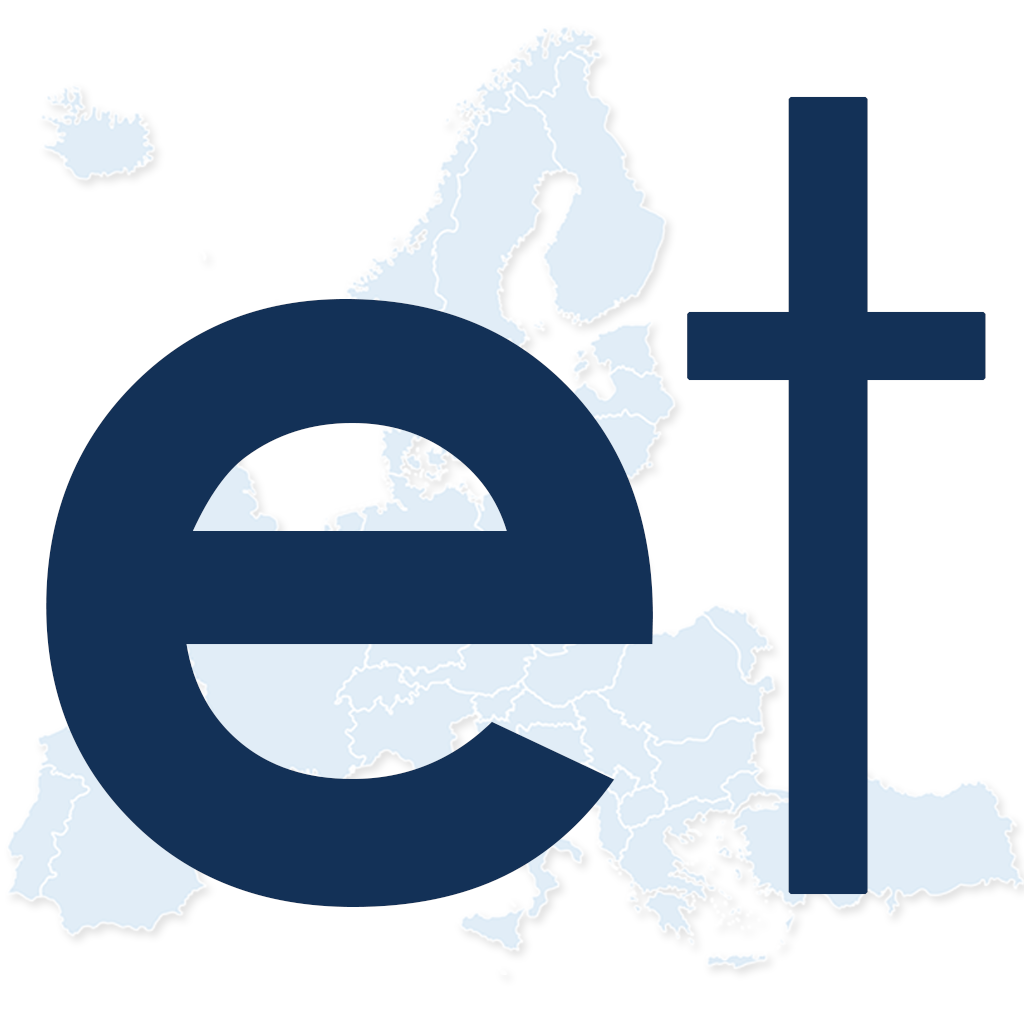




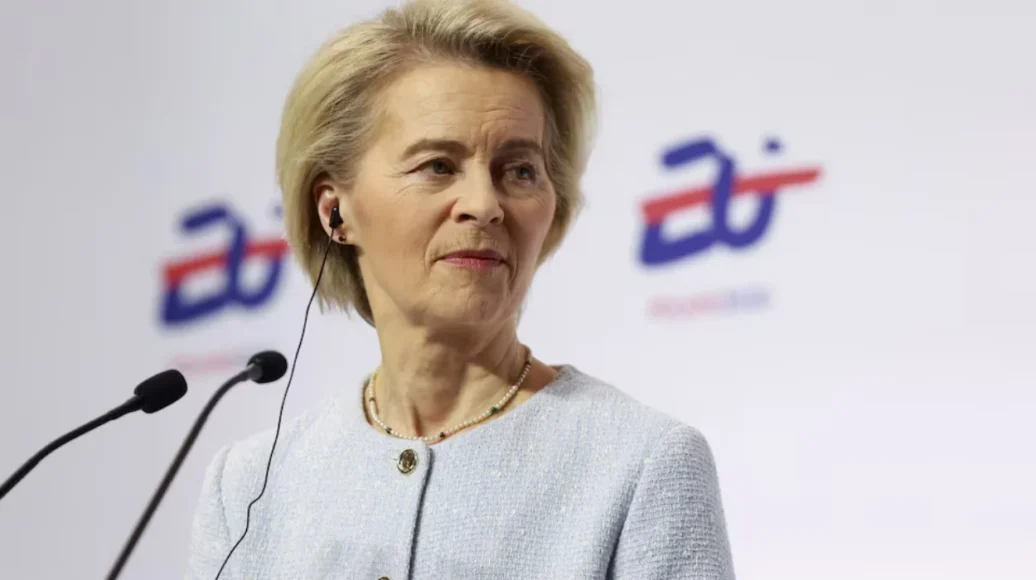


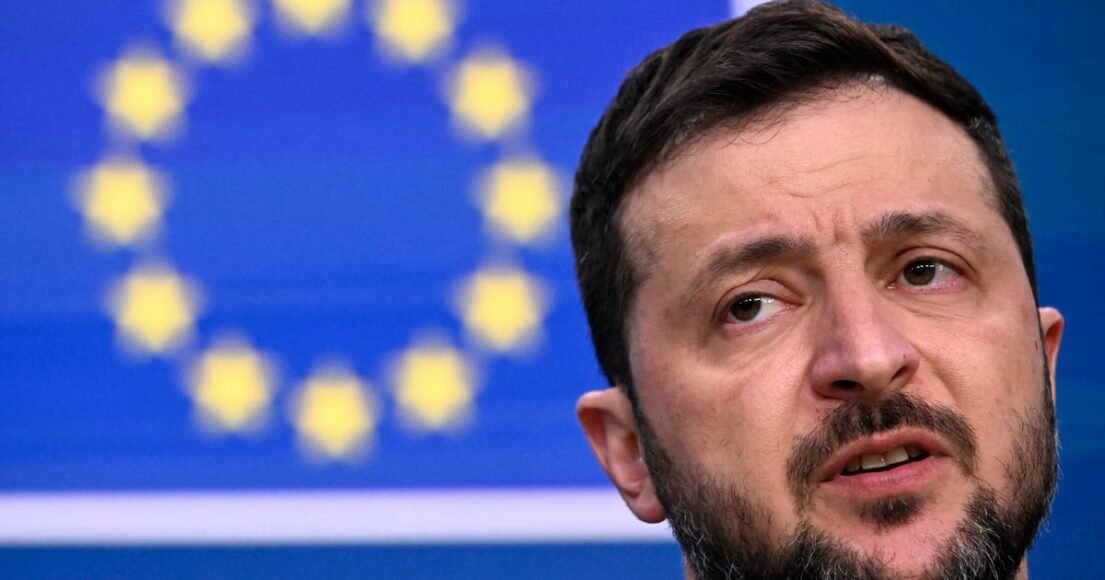
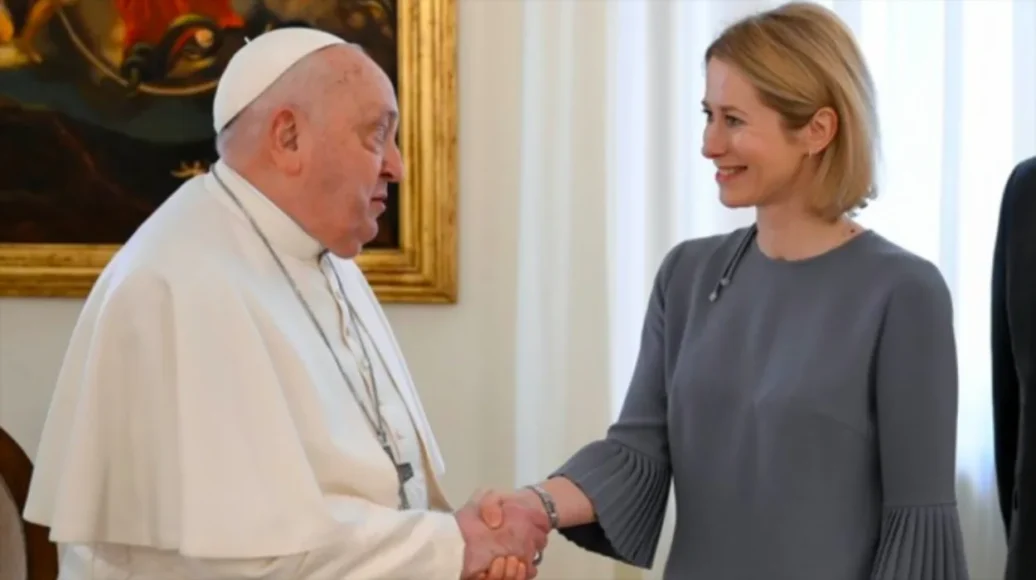
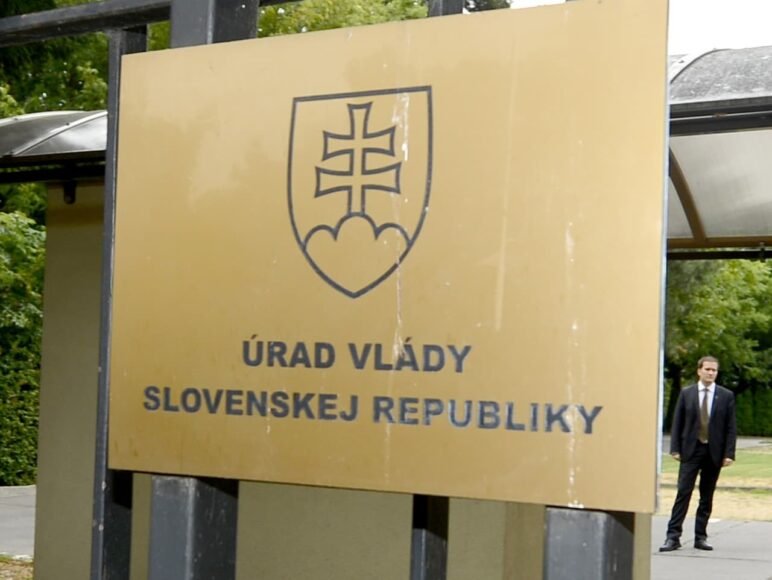

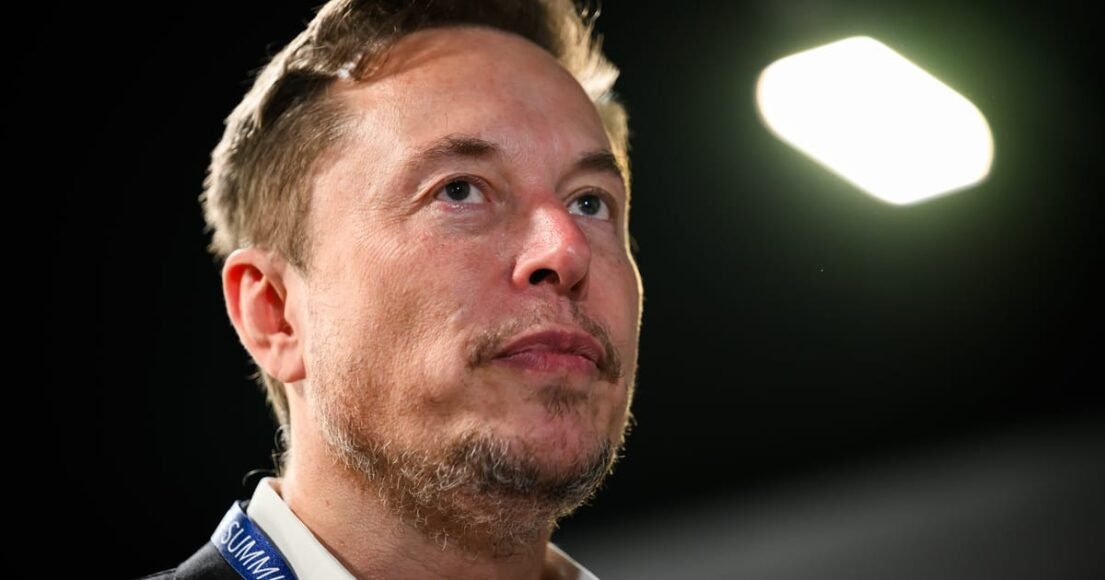
Leave a Reply